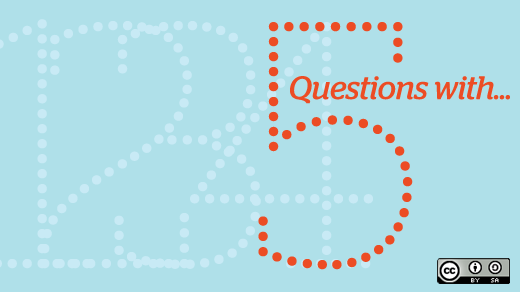In a previous interview, former Product Manager, Runa Bhattacharjee, and Lead Developer, Sean Flanigan, gave us some insight into the development of Zanata.
Today's Product Manager for the open source translation platform, Isaac Rooskov, tells us what complaints about other products influenced the design of Zanata, clears up some misconceptions about translation tools, and announces the newest release.
His aspiration is to see Zanata grow its community base, so that they can continue to evolve the technology, creating a tool that functions how translators wish to work, instead of telling them how to work.
When coming up with the idea for this tool, what struggles with other technology and translation tools helped shape Zanata?
Red Hat Localization Services employs a huge team of translators for over 19 different languages, based mainly in Brisbane, Australia and Pune, India. Red Hat's team is unique compared to other Localization Service Providers (LSPs) in that the business unit operates solely on open source tools and infrastructure.
The localization team has consistently provided good quality translations, however, this has been achieved despite the tools and infrastructure provided, not because of it.
Zanata is our answer to translating enterprise software and documentation, the open source way. The struggles that it seeks to address are being able to reuse translations, manage terminologies, allow for interaction with various content types, scale with a project, and easily fit with engineering processes.
How has the open source development model influenced and shaped the project?
Red Hat is rapidly gaining mind-share in the wider Localization tools and standards communities. While the gap between open source and proprietary tools in the industry is still large, Red Hat is involved in shaping the future of localization file formats and standards. One of the key goals for Red Hat is to be catalysts in the implementation of open source tools in this area, showing leadership and commitment to the community and open standards.
The open source translation community is a very important partner in translating software and documentation. It is important to include the open source community as a first class stakeholder when designing frameworks and tools around collaboration.
Are there any misconceptions people have with translation tools?
There is sometimes confusion between machine translation and translation memory. The important difference here is that translation memory is the computer retaining what a translator has previously done so if the same text or something similar occurs again, translators don't have to start with a blank page. Whereas machine translation is when computer software translates without a translator having done any work towards the end result.
When is the next release of Zanata?
We have a new, major release of Zanata coming up this year: Zanata 3.0. There will be a strong focus on the user experience and strengthening ties with engineering workflows. The great thing about open source is that it allows everyone to shape the project and have input through all stages of development. If anyone reading this has some great ideas for what they would like to see in a translation tool, get in touch with us.
How can someone get in touch or more involved with Zanata?
Anyone can join the community and those with expertise can contribute to development. If you have a great idea or just want to see what the community is doing and how the project is going, we encourage you to drop us a line or sign up.






Comments are closed.